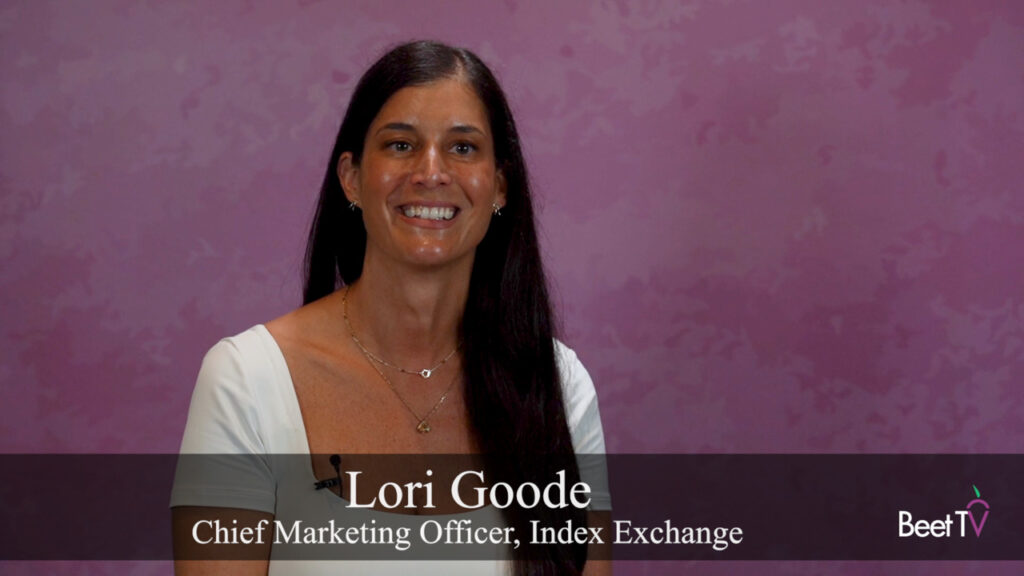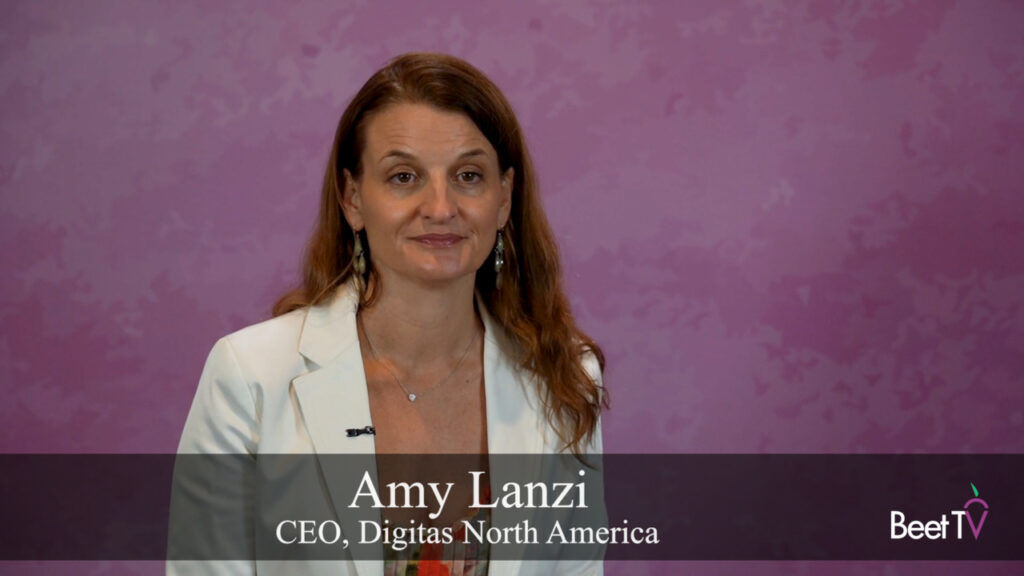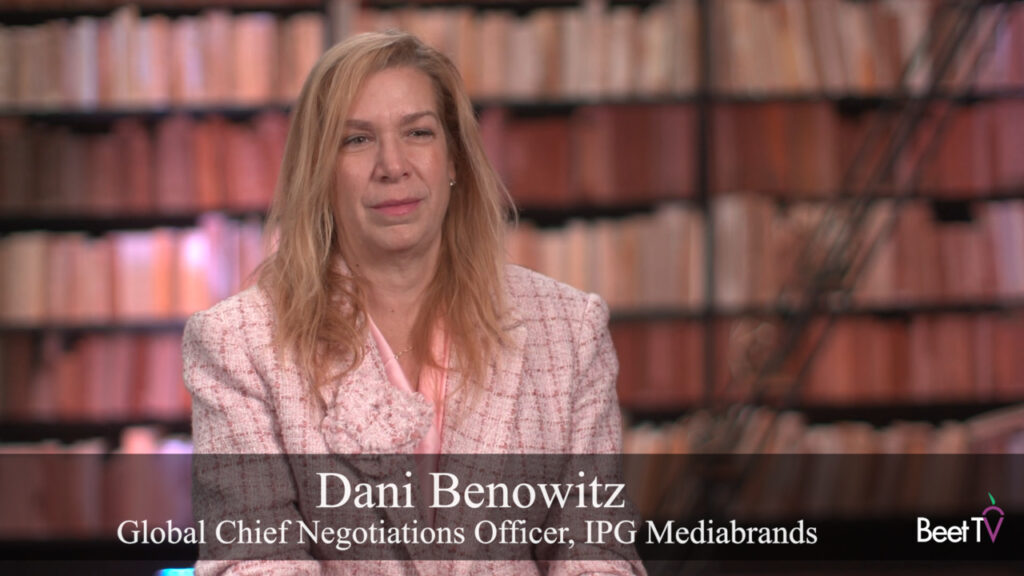The wind-down of traditional digital ad identifiers like cookies has caused the ad targeting world to splinter.
Mark Connon wants to put it back together.
In this video interview with Beet.TV, the GM of ad-tech firm Tapad says the new wave of ad identifiers needs a translation layer.
Experian taps Tapad
Experian in November 2020 acquired Tapad, a provider of digital identity resolution for marketers.
The company provides cross-device data, digital linking and distribution capabilities.
“The idea (was) bringing the historic Experian offline data assets and some of their digital assets into more of a digital environment, utilising our assets within Tapad, which was a Tapad cross-device identity graph,” Connon explains.
“It’s gone extremely well, internally, from an integration standpoint, but most importantly, from our customers’ perspective, as we start to bring some of our assets together.”
https://twitter.com/Tapad/status/1432690685648556042
Identity parade
Tapad enables customer ID matching and matching of brands’ customer data against targetable IDs.
They can be used for targeting, measurement and in platforms, for what Connon says is a “reach extension view” across an addressable market.
Tapad’s feature set spans its Tapad Graph, Switchboard module, hashed email, mobile connections, CTV, IP onboarding and identity visual.
Connected TV Drives Growth in Audience Identifiers, Tapad’s Mark Connon
Interoperable networks
“As cookies go away and mobile ad IDs go away, other identifiers are emerging,” Connon continues. “You’ve got tens or dozens of companies that are coming up with their own ID.
“Our goal is to make sure that advertisers and marketers can still have a scale view of the consumer. By making all of these individual IDs from disparate data sets interoperable, you provide scale, you provide unique audience capabilities.”
He sees the emergence of retail media networks, through which high-traffic digital retailers turn their pages into ad inventory, as another arena from which to solve fragmentation.
“Tapad’s role there is really to drive that interoperability,” Connon adds.




































